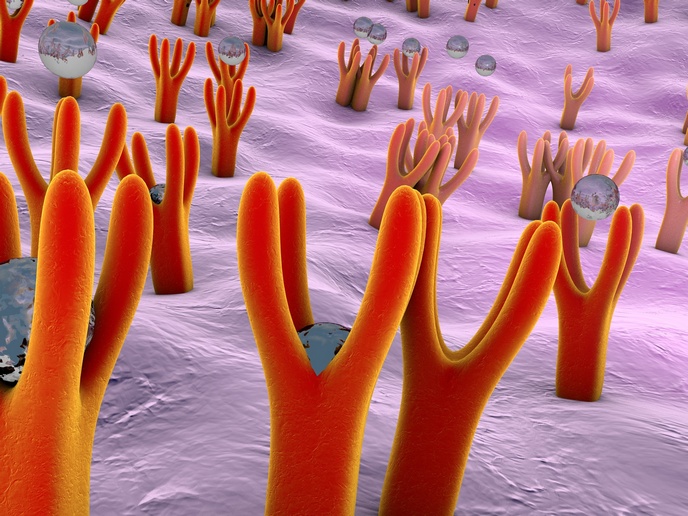Molecular viewpoint on protein aggregation
β-microglobulin (b2m) is one of the components that form the major histocompatibility complex class I (MHC I). MHC I is expressed on the surface of all nucleated cells and participates in the induction of immune responses. Under physiological conditions, b2m continuously dissociates from MHC I and is removed from the plasma in the kidneys. However, in the case of renal failure, b2m cannot be cleared and accumulates in joints and cartilage tissue, causing progressive bone and joint destruction. This pathological condition is known as dialysis-related amyloidosis (DRA) and affects more than 700 000 patients' worldwide. In DRA, b2m forms fibrils and often associates with collagen fibrils. The scope of the EU-funded MCIBC (Molecular characterization of the interaction of β -2 microglobulin with collagen) project was to characterise the aggregation process of b2m and determine the role of collagen and heparin. During the first phase of the aggregation process, b2m monomers misfold and form oligomers, which subsequently elongate and generate fibrils. Researchers discovered that the presence of collagen inhibits fibril formation in a concentration-dependent manner. In contrast, heparin enhanced the kinetics of b2m fibril formation and the phenomenon of secondary nucleation where fibrils form on the surface of existing ones. Collectively, the activities of the MCIBC study provide insight into the process of b2m aggregation. Considering that protein misfolding is the molecular cause of many amyloid or degenerative conditions, the generated information brings us a step closer to understanding the basis of these diseases. Long-term this may translate to the design of novel interventions.







